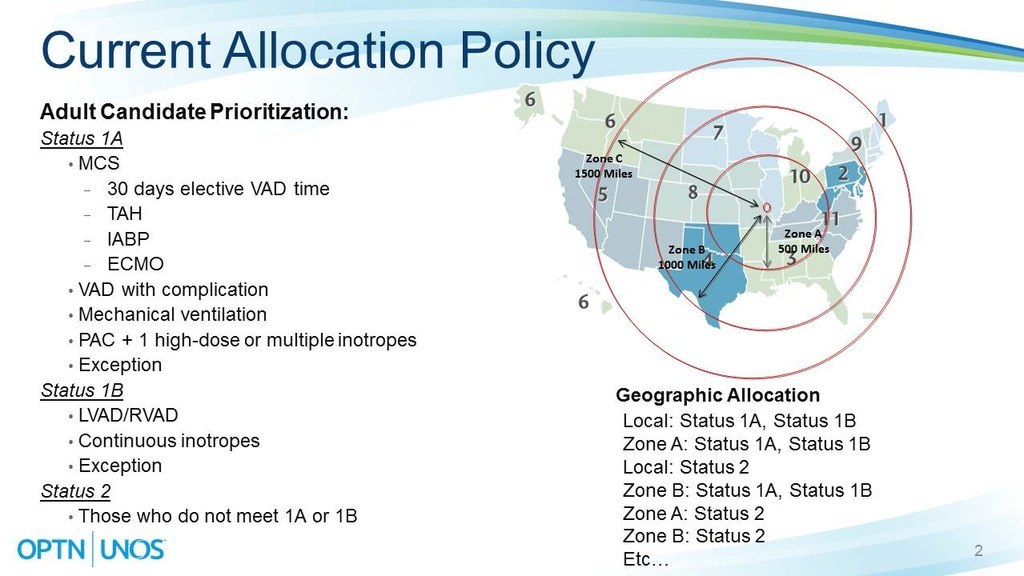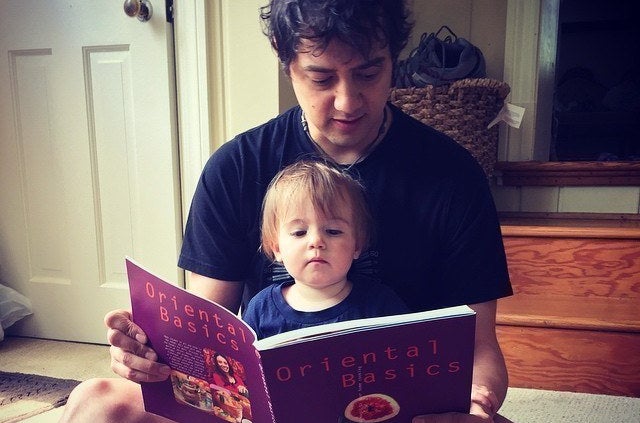Many of us will not have to encounter the reality of heart transplants in our lives. In fact, our reference point may be a scene from Grey's Anatomy, when Izzie Stevens takes it upon herself to cut Denny's LVAD wire to bump him up the donor list.
View this video on YouTube
While this example is based in Hollywood, the reality is that Denny's condition could have been in the same medical urgency status of many other patients waiting for a heart transplant. He had a machine to keep him alive, but he was still considered critical. Could he have waited longer than a year? Did Izzie's impatience for a donor heart reflect the uncertainty of really knowing where Denny fell on "the list"?
Skipping a Beat
That uncertainty is the problem with today's heart allocation policy. When everyone is important, no one really is. And that's not to diminish the terrifying reality of needing a heart transplant. It's the reality that since the allocation statuses were determined in 2006, technology and medical advances have changed the way patients live while on the list.
Currently, patients who require a new heart can fall in one of three statuses: 1A, 1B, and 2. That's it. And while we know there are several factors that determine if a patient is a match for a heart, the statuses are a bit oversimplified. In fact, the number of active heart transplant candidates more than doubled from 1,203 candidates on July 31, 2006 to 3,008 candidates on November 30, 2015. But those numbers just scratch the surface. According to The Thoracic Organ Transplantation Committee:
By 2014, sixty-seven percent of adult heart transplants (2,251) were performed for patients that were status 1A at time of transplant. Candidates registered as status 1A are three times more likely to die on the waiting list than candidates in any other status.
So when you think about Izzie, begging Denny to let her help him, she may have known that he could be in limbo for years.

Finding a New Approach
Today, The Thoracic Organ Transplantation Committee has a recommended policy change to the way hearts are allocated. At the heart of it, pun intended, the committee is introducing a new set of classifications for those requiring a heart transplant. The Committee is working with UNOS, the United Network for Organ Sharing, to bring the proposal to the public and identify how the changes will be implemented.
The proposal, open for public comment, introduces six new statuses with the aim of reducing waiting list mortality rates amongst most urgent adult heart candidates. The nuance here is that the criteria within each status is based on a patient's underlying condition, instead of a physician or transplant team's approach for treating the patient. Dr. Joseph G. Rogers, the Thoracic Organ Transplantation Committee Chair, said, "We tried to be a bit more granular, and prioritize the patients who are the highest risk."

By introducing the new statuses, the committee is introducing a more defined sense of urgency. Being a 3 versus a 1 have very different meanings, and inherently patients, doctors, and families can be better prepared and informed by having a clearer understanding of their status.
"Our general hope," said Rogers, "is that the people who are truly at highest risk for expiring while on the list are removed because they are able to move up the list and can be treated faster. The modeling [for this proposal] suggests we should be able to transplant them in a more expedient way."
But What About “The List”?


Watching shows like Grey's Anatomy and Night Shift introduces you to UNOS, even if you barely remember. UNOS can have the Hollywood reputation of being a company full of list keepers moving people up and down a fictional "list", often resulting in an organ being reallocated for the sake of creating drama in the plot.
In reality, it's much more like a tech company.
UNOS has an army of developers that constantly works to take all the data points for each patient and each organ, and match them faster. They change the way physicians and transplant coordinators interact with records and systems. They work so that lives can be saved.
With the new recommendations, adding statuses could seem like it creates work for the coordinators. But that is the last thing that UNOS wants. Alex Tulchinsky, Chief Technology Officer, said usability is a key focus. "We want to use these policy changes to help take the data burden behind the scenes," he said.
"Our members should be able to interact with the system in the most convenient way for them," said Tulchinsky, "so the decisions they can make are educated based on the data, based on how it's presented, and based on what data they need to get or entered." After the proposal is passed, the technology team will begin to adapt and update multiple systems, working hand-in-hand with several UNOS teams and coordinating organizations. The committee hopes that after all the work done upfront and collaboration with the public, people will see positive outcomes quickly.
The policy changes offer an opportunity to bring together physicians, patients, coordinators, developers, and many more people critical to the effort of saving more lives. "What we do here is special," said Tulchinsky, "we're privileged to do this work each day. For those who do this type of work and help those who really need it."
Putting Your Heart on Your Sleeve

View this video on YouTube
A mom in Arizona donated her son's organs after he died in 2013. Recently, she met with the family of one of the lives he saved. To sign up to be an organ donor visit registerme.org.



